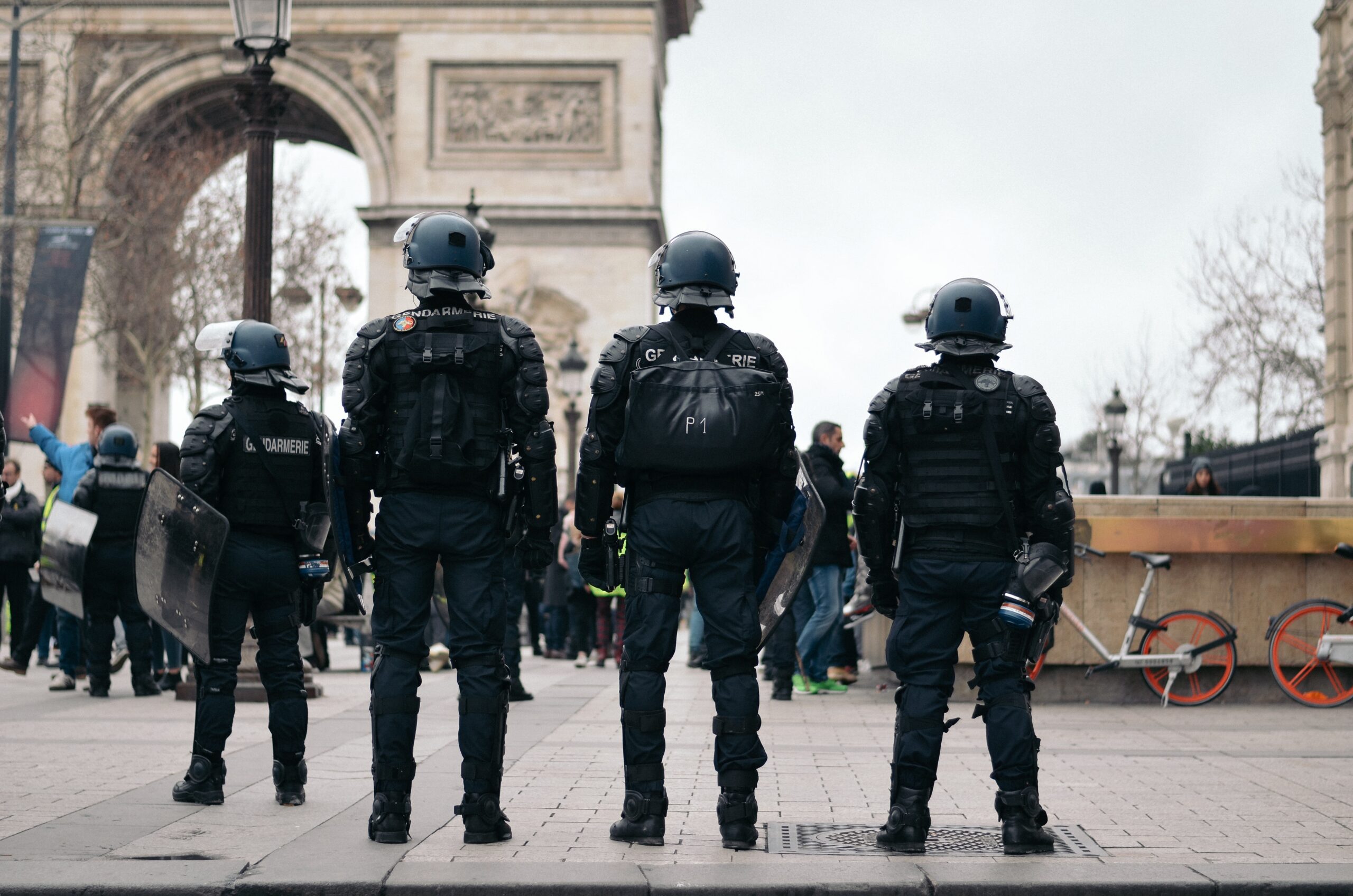When it comes to effectiveness on the combat field, having a heavy helmet is a wrong way to go about it. Sure, you want to get the ultimate protection from ballistic threats. But there must also be a consideration for efficiency and agility.
Heavy ballistic helmets cause fatigue and slow down the wearers. This can largely affect their overall performance on the combat ground as well as their response rate to threats on the combat field. This is why you should rather opt for light-weighted helmets that offer a similar level of ballistic resistance and bullet-stopping performance.
However, light weighted helmets can sometimes be a trade off for safety and 100 percent protection on the combat field. Here’s why.
Getting shot at wearing a ballistic helmet is not a guarantee that you would go home unscathed. You might suffer back face impact or blunt force trauma as a result of the intense hit from the fast-moving bullet stopped by your ballistic helmet. This is why some people prefer thicker helmets to help provide further protection from the ‘leftover’ impact of an already stopped bullet.
The National Institute of Justice (NIJ) conducts this test by stuffing helmets with clay. Then, they shot at it from a reasonable distance. Even if the helmet stops the bullet but it goes in further than 44 millimeters, such helmet has failed the blunt impact test. Meaning, it would most probably get you killed.
However, you can conduct a research on light weighted ballistic helmets that have successfully passed the blunt impact trauma test. You might find a great product that would not only stop the bullet and prevent aftermath distress, but would offer you great protection at a very light weight.
Let us know if you have any alternatives for using heavy combat helmets.
Follow along with our blog here.

